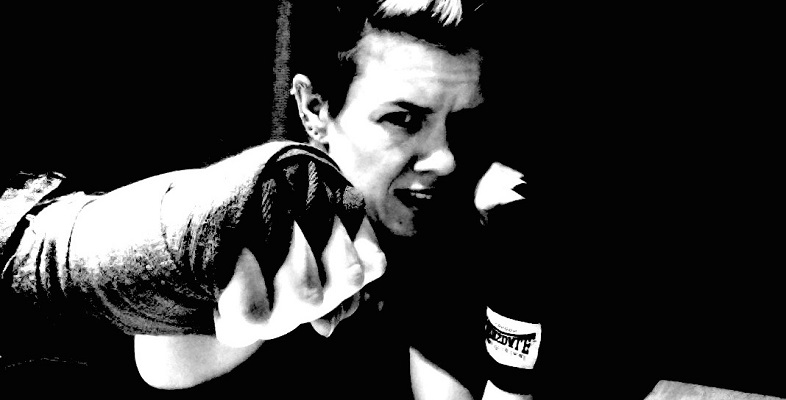5 Femininity and sport
You came across the term ‘hegemonic’ in the previous section and it is defined in the introduction to this study topic. Hegemonic femininity, often described as a ‘hetero-sexy’ image, is the ideology/stereotype women are pressured to conform to (e.g. white, able-bodied, slim, toned, privileged/middle class, heterosexual) (Krane, 2001). During the lead-up to the 2012 London Olympics the Women’s Boxing Association argued that women boxers should walk into the ring wearing skirts (Woodward, 2014). This suggestion has been viewed as a presentation of hegemonic femininity and a way to distance women boxers from behaviour (e.g. boxing/punching) perceived as masculine (Krane, 2001). Do you think that making women boxers wear skirts is a form of gender discrimination? Many female boxers and observers did think this was discriminatory and protested. As a result the boxers wore shorts in the Olympics.
Some argue that, for women, having strength, muscularity and athletic skill is an asset, but these qualities can also be perceived as unfeminine and much less valued, and are sometimes denigrated. You may find it useful to reflect on how strength, muscularity and athletic skill are regarded in any sport and fitness environments that you use.
Often women who engage in sport and exercise challenge existing perceptions and expectations about femininity and gender. These women can sometimes be seen as ‘outsiders’ because they fall outside of what is expected of women. You will explore this further in the next section.
